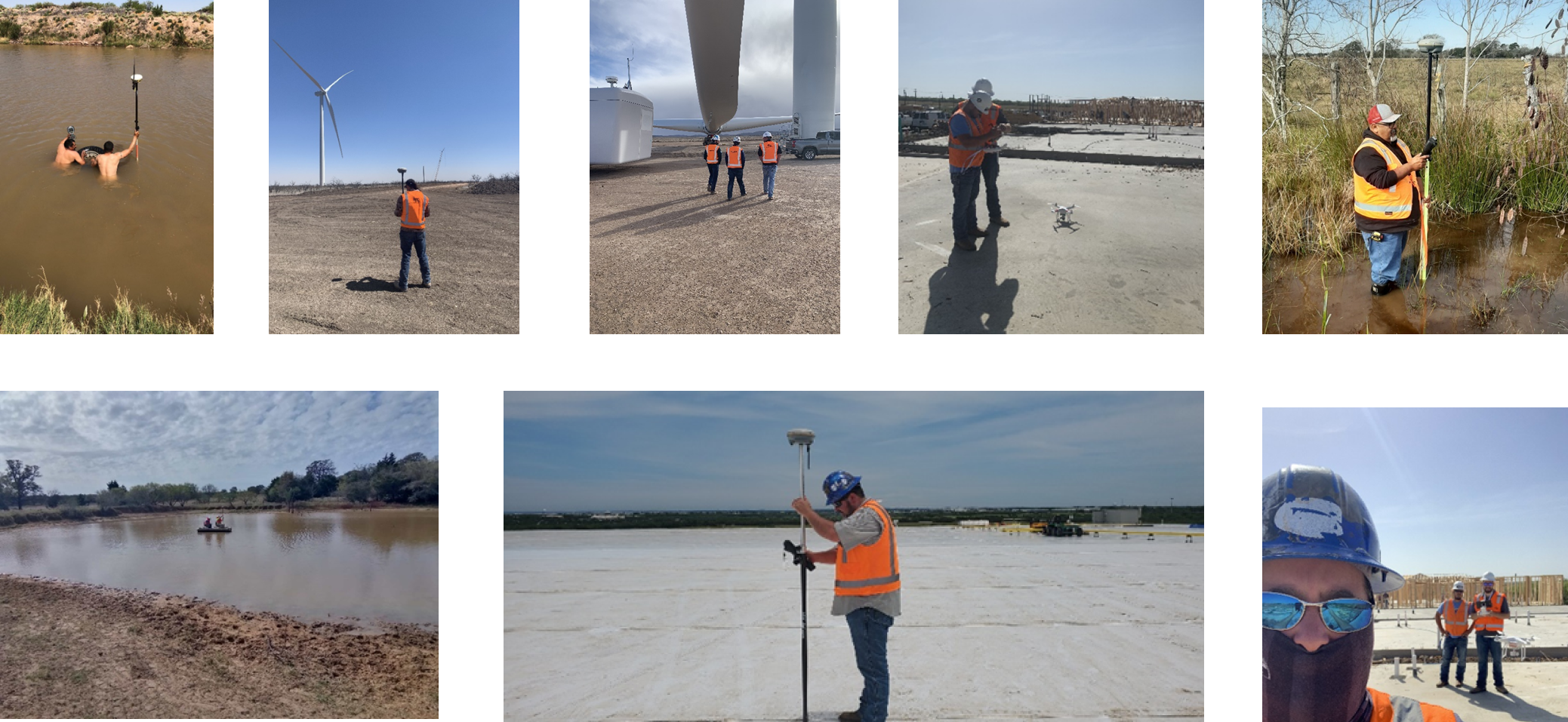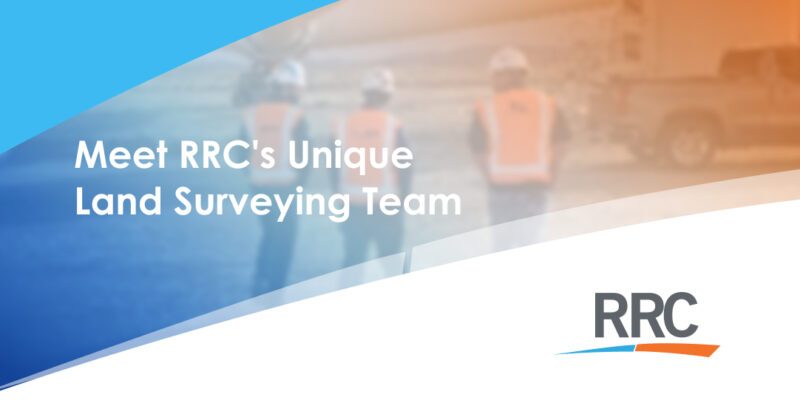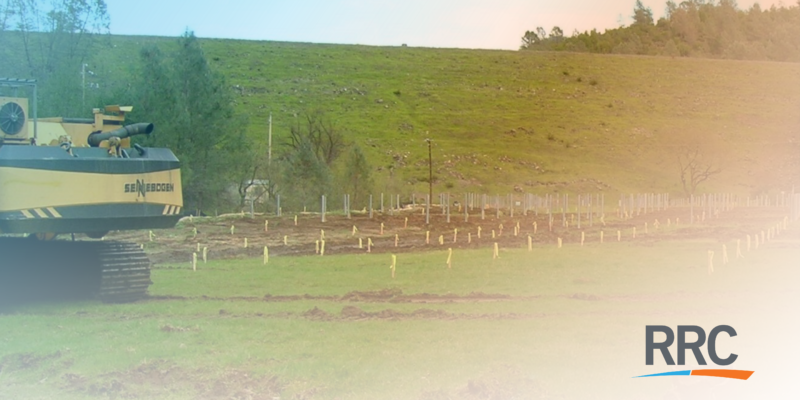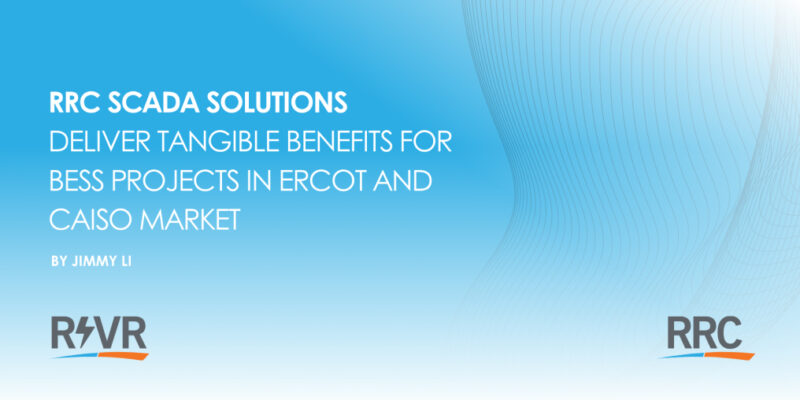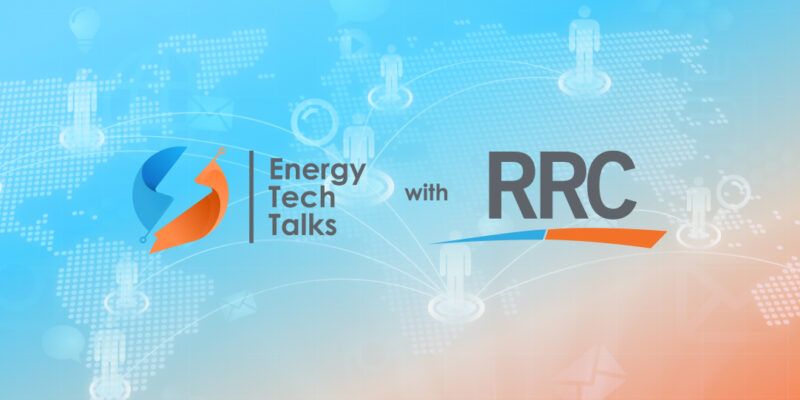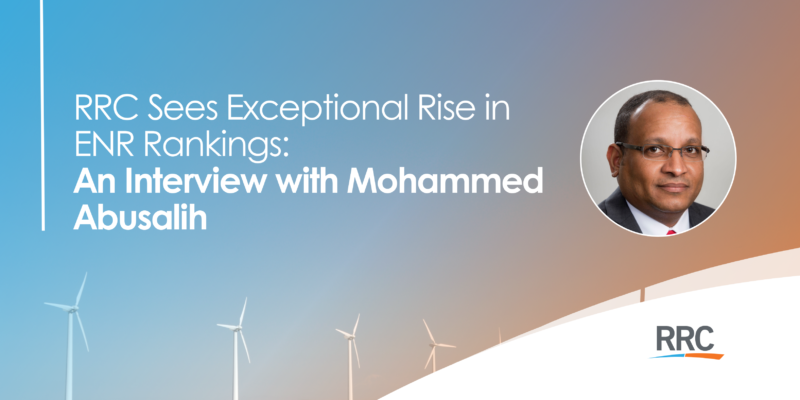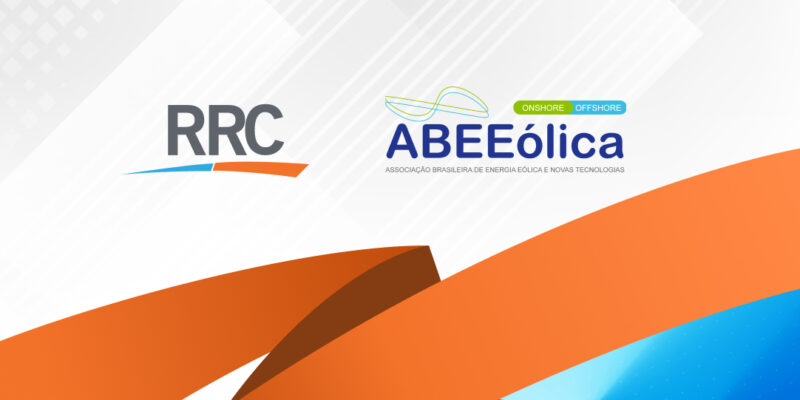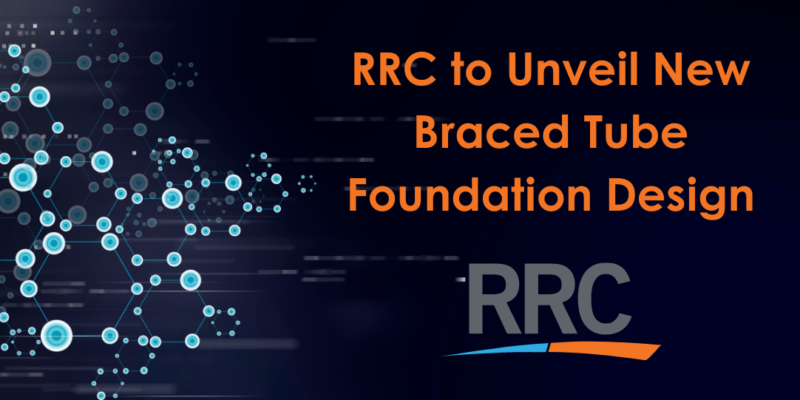In the expansive landscape of energy exploration and infrastructure development, precise land surveying is indispensable. At the core of this critical operation is RRC’s dedicated Land Surveying team, serving as the backbone for numerous successful oil & gas and renewable projects across diverse U.S. locations.
The Land Surveying team shoulders a multifaceted range of responsibilities vital for project execution and compliance. Their duties span from conducting thorough land surveys to ensuring regulatory adherence and laying the groundwork for seamless energy infrastructure construction and maintenance. We sat down with Gary Box, Senior Vice President overseeing Land Surveying, Brad Ames, Client Executive Project Manager, and Obi Ubasineke, Land Surveyor, to dive into the team’s journey, outlook, and distinctive approach.
Evolution and Growth
The team has evolved and grown significantly in the last three years. “We are a team of 75 people. Since 2020, we have fully diversified into a renewable powerhouse, with a 17,200% growth margin at the end of 2023. We are projecting 2024 to have the same growth pattern, as we are locking in strategic partners and long-term relationships,” notes Gary.
Clientele and Challenges
“Our client roster includes industry giants like Rosendin, Blattner and RES,” Brad shares. However, he notes that clients understand the concept of land surveying but lack clarity on specific requirements. “We bridge this gap by offering guidance and clarity throughout the process,” he adds. “For instance, let’s say the client wants an ALTA* survey. We ask them to fill out a table A and they don’t know what it is. Recently, we’ve had meetings with the clients where Obi has set out and explained the table A. We have gotten emails after saying, “Thank you, no one’s ever done that for us before.”
Obi adds, “Another problem is being able to effectively get a project schedule for a timeline from the client. There’s a lot of hurry up and wait and then they want it tomorrow.”
*ALTA (American Land Title Association) Survey plots each element in a title report where easements and encroachments are on the property.
Recent Projects and Impact
Brad recounts a recent project where meticulous surveying unveiled critical discrepancies, saving the client from costly errors. “We’re doing a huge project for a major EPC* client, for which we were hired to do the construction survey. We suggested verifying the surface and ground elevations before the start even though it wasn’t in our scope. They agreed, and we found that the surface was up to 2-foot elevation off. Our client’s contractor didn’t agree with our findings, but when the client checked for themselves, sure enough, we were right. Our team’s commitment to accuracy and reliability fosters client trust, earning us larger projects,” he emphasizes.
“We saved this same client a lot of money on another project. We were doing some as-builts,** and they had us out there shooting so many things and I told them, why don’t we just square it off? That saved them about $200,000. They were very happy with that and that’s the way we’ve done every project since. RRC’s goal is to assist the client and become a project partner to win more work and become an important part of the client everyday thought process. Those are just some examples of how we’ve grown to be dependable.”
*Engineering, Procurement and Construction
** As-built: A set of drawings that are marked-up by the contractor building a facility or fabricating a piece of equipment that show how the item or facility was actually built versus the way it was originally designed. At the completion of a project, the as-built drawings describe what was actually built.
Team Differentiators
“From the client’s perspective, Survey always answers the call, we never say no and we always figure out a way,” Brad emphasizes, highlighting the team’s unwavering dedication to problem-solving. “Every client has said those things,” he adds, underscoring the team’s reputation for reliability and responsiveness.
Obi echoes Brad’s sentiments, shedding light on the team’s distinctive approach to client interactions. “At RRC, we prioritize understanding the client’s needs,” he explains. “We take the time to learn what they want and need to complete their plans, suggesting solutions that not only align with their objectives but also optimize efficiency and cost-effectiveness,” Obi elaborates, emphasizing the team’s commitment to going the extra mile.
Brad further emphasizes the importance of building meaningful relationships with clients. “We listen, we visit the field, we share meals, and engage in personal conversations,” he says. “Clients want a partner who will listen and assist them, and that’s what we strive to be,” Brad asserts, emphasizing the team’s role as a trusted ally in every project.
Obi underscores the team’s commitment to transparency, a cornerstone of their client relationships. “We are 100% transparent if there’s accountability that needs to be had, which doesn’t happen often.” Transparency is non-negotiable, even if it means advising clients to opt for alternatives that might not directly benefit the team financially. “That’s just building the relationship with that client,” Obi adds, illustrating the team’s integrity and dedication to client success.
Brad emphasizes the importance of their consistent delivery of exceptional customer service. “In the latest client satisfaction survey at RRC, Land Surveying scored 20% higher than all other teams in the company,” he reveals proudly “that says it all.”
Future Trends
Obi highlights ongoing explorations into innovative surveying techniques such as lidar, UAVs, bathymetric surveying, sonar, and geomagnetic surveying. “We’re not just keeping up with new equipment; we’re constantly exploring diverse surveying methods beyond just boots on the ground,” he adds.
Vision for Land Surveying
Brad envisions RRC’s Land Surveying team combining surveying, testing, Private Utility Locating (PUL), Storm Weather Pollution Prevention Plan (SWPPP), and drone services into a comprehensive offering. “Combining these services in one entity streamlines processes and enhances efficiency,” he asserts. “Right now, every company other than RRC has to hire five in different individuals to each of those five things. RRC has all those in house, so why not combine them in one truck? Our team has already started on three of them – survey testing and slip in the truck. We’re working on getting all five pulled in the same truck. Why would a client hire five different companies if he could hire one company to do it all? That’s our goal.”
Team Dynamics
“Our camaraderie extends beyond work,” Obi mentions that the team shares personal bonds, enabling seamless collaboration. “I think a big reason we work so well together is because we have friendships outside of work. We talk about things outside of work, we know each other’s families. Just the culture that we have I think is it goes a little deeper than work. That’s a huge part that I’ve noticed. ”
Brad echoes this sentiment, emphasizing trust as the cornerstone of their dynamic. ” There are some guys here I’ve known since I was 13. Survey is a big industry, but a small world and the biggest thing in survey is trust. I can trust if Obi tells me he’s going to have a delivery at a particular time, it’s going to be done and that he’s going to take the time I’ve spent with clients breaking bread into consideration before he gives me a deliverable. Clients trust us because they see the trust within our team,” he remarks.
In conclusion, RRC’s Land Surveying team stands poised at the intersection of tradition and innovation, embodying reliability, expertise, and adaptability crucial for navigating the evolving landscape of energy infrastructure development. As the team continues to expand its capabilities and uphold its commitment to excellence, Surveying’s impact reverberates across the energy industry, driving progress and success.
